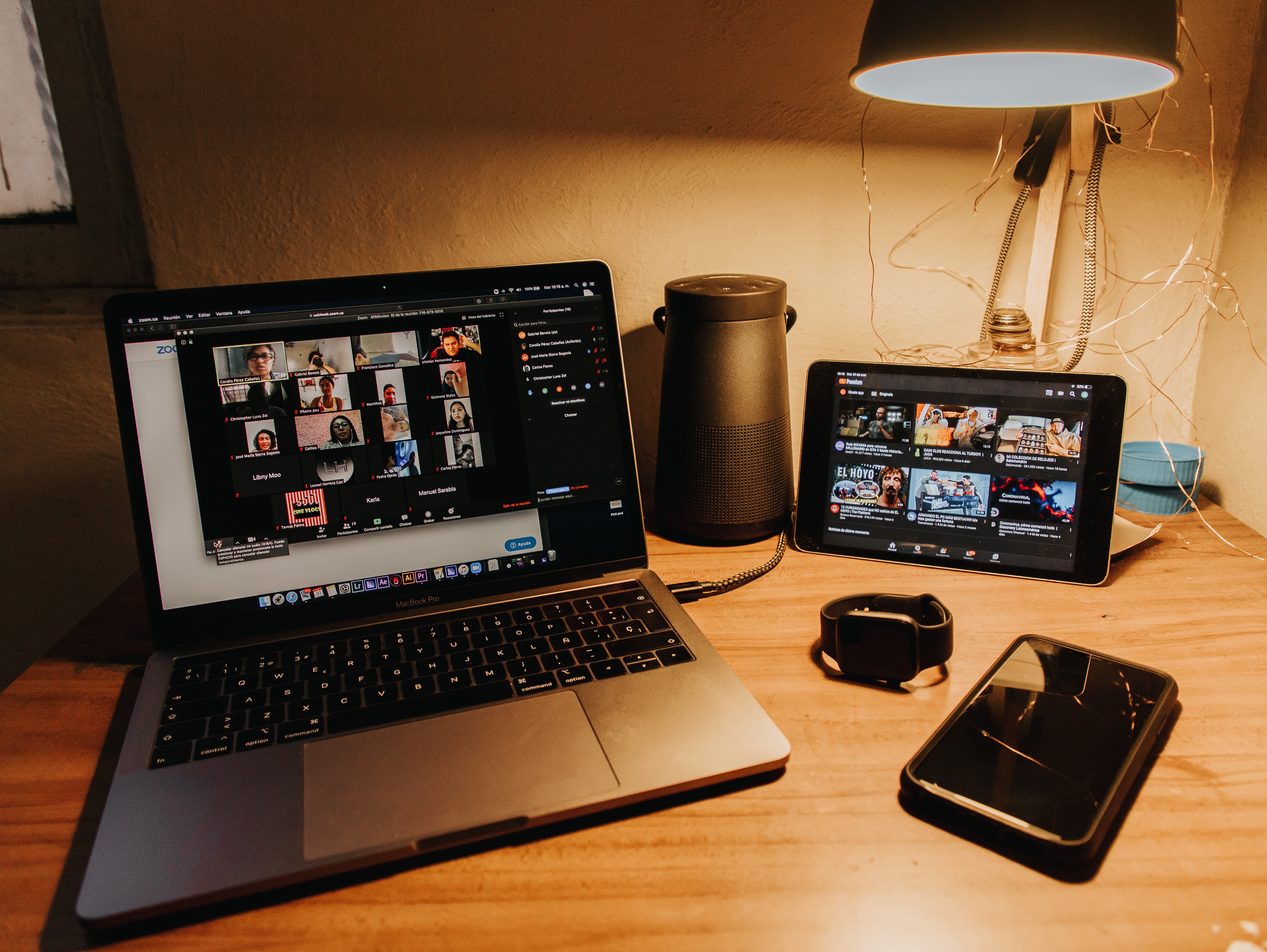Mobile Live Streaming Production Process in 4 Steps
Mobile live streaming is a growing trend that businesses cannot afford to overlook. Facebook Live videos are viewed 3X longer than standard videos shared to Facebook. Therefore, if you’re not posting live video content relative to your business, you’re potentially missing out on reaching your audience for up to 3X longer than you could be. But going live doesn’t guarantee your success. Before you start mobile live streaming everything that pops into your head, consider the production process and the steps you should be taking to ensure that the live streaming content your business shares is prepared to beat the competition. We’re explaining the mobile live streaming production process in 4 quick and easy to follow steps.
[blog-contact email=”email” label=”Get a quick quote now!”]

1 Initial Audio & Video Capture
The first step to mobile live streaming is capturing the video content and the associated audio that will go alongside the video. If you’re thinking, “Oh, that’s easy, I’ll just use my iPhone.” Think again! Mobile live streaming that truly goes up against the biggest competitors in business is not produced with an iPhone! You need to think about capturing video and audio with professional camcorders, top quality microphones and the equipment that only a pro would use! Give Beverly Boy Productions a call to discuss the equipment that we have for mobile live streaming. From full camera crews and all the necessary kits you could imaging to completely remote video kits sent to your door sterile and ready to use, we’re ready to help you capture audio and video for live stream that is 100% professional and ready to compete with the biggest competitors in your industry.

2 Mobile Live Streaming Production
Once you’ve determined the equipment and process for capturing the live video and the audio that you’ll stream, the next step is adding in additional elements that will make your live stream look and feel like a professional quality presentation. Overlays, titles, and the occasional switch from one camera to another to give your audience a unique view and keep their attention engaged is vital. During mobile live streaming production, your titles and overlays can be crafted to match your brand style and formatting used throughout your website or other marketing mediums.
3 Distributing Live Video
The next step to mobile live streaming is actually going live with your content. How will you send your content to your viewing audience? Will you host the live stream from your own private servers or will you host your content via a third-party app like Facebook Live or Instagram Stories? Most businesses choose the third party option because they are easier to setup and because they already have a solid viewing audience above and beyond your initial business audience — this means you get the benefit of more viewers without more work!

4 Long-term Video Maintenance & Management
After you’ve produced your mobile live streaming video and shared it with the world, what will you do with the content? Many third-party video platforms like Facebook Live allow you to keep the video hosted for a period of time specified by you or uniquely determined by their terms of service. Your mobile live streaming content can be used in the future for various other marketing initiatives. Consider making your live stream content a piece of evergreen content for your blog or website. Use portions of the live stream to create additional videos or consider archiving all of your live stream content into a single, easy to reference video library for your audience.
Need help producing mobile live streaming content for your audience? Give Beverly Boy Productions a call today!

